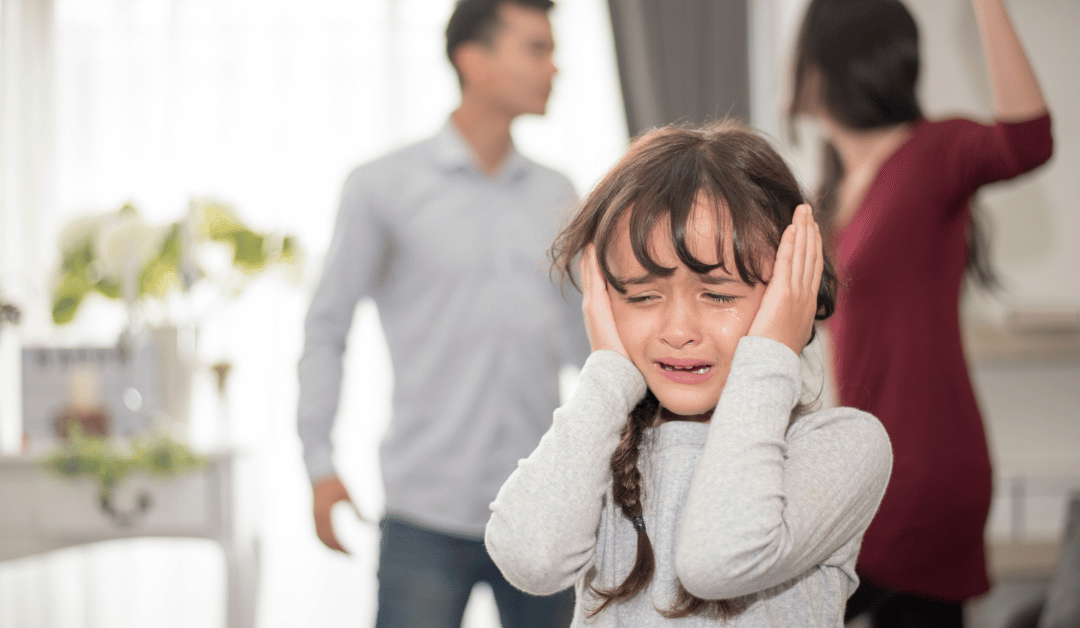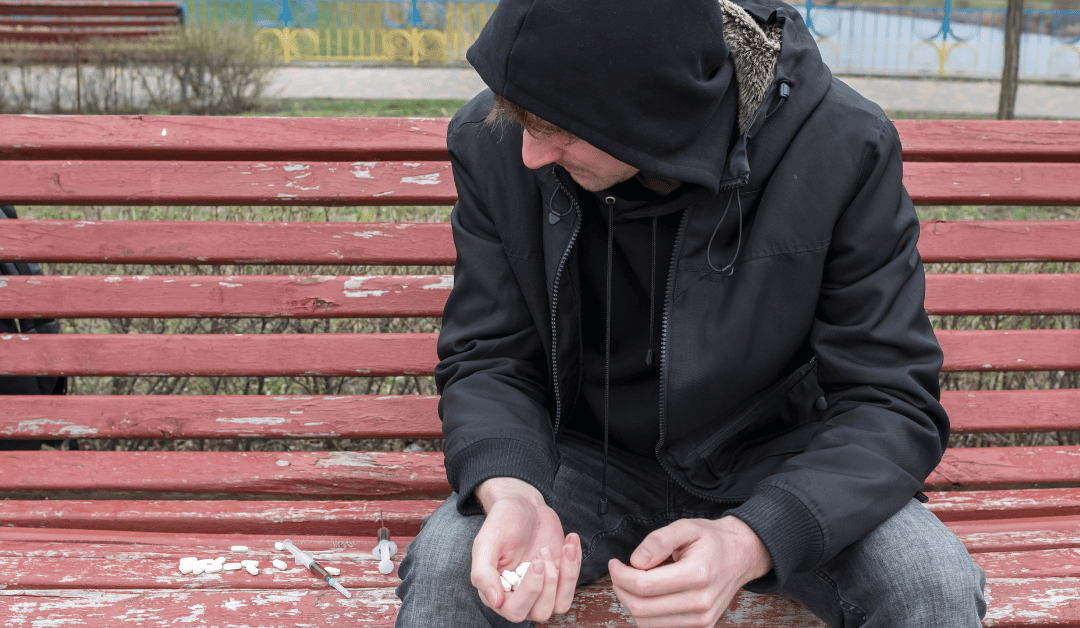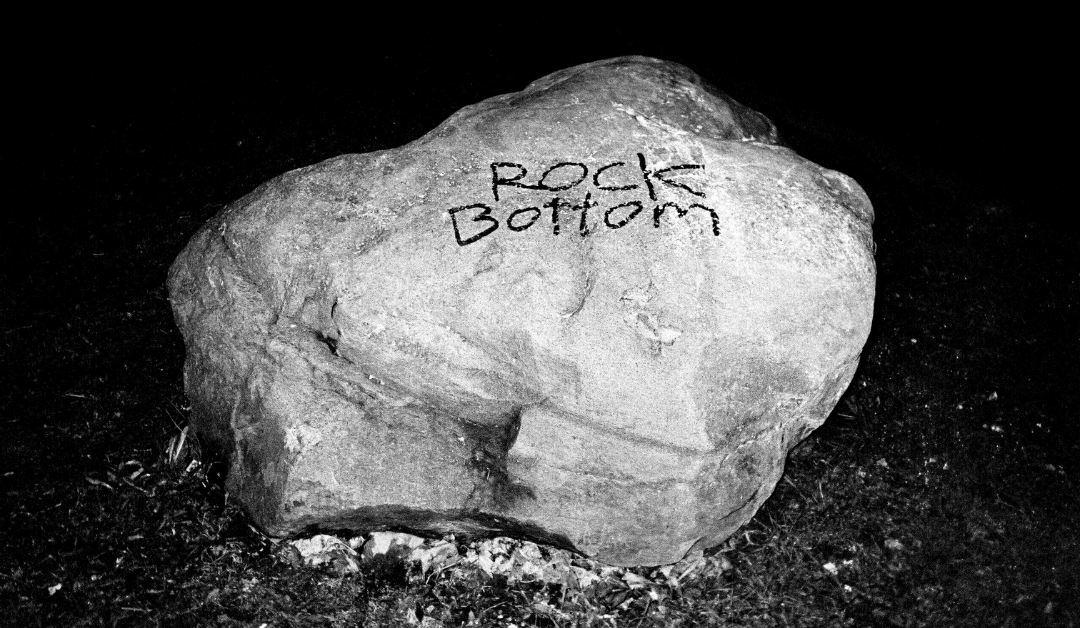
Was Your Thanksgiving an Alcohol or Drug-Filled Sh*t Show? How to Shift Your Experience of the Remaining Holidays
So, if you celebrate Thanksgiving, how was it? I ask because Growing up, and even when going home for the holidays as an adult, I never knew how the holiday would go. It was always a crap shoot.
To be honest, at times, it could be a ton of fun and full of laughter. I think that’s what kept me continuing to go back when I could as an adult – hoping that this one would be one of the good ones.
But then there were the ones that weren’t good. And when they weren’t good, they were really, really bad. They were seriously a total sh*t show. A night mare of drinking, arguing, insults, threats of violence. And someone was always the scapegoat or the black sheep for that year. And then, of course the gossip around everything that was wrong with that person would continue well after the holidays were over.
And those horrible holidays happened frequently enough that they clearly weren’t just flukes.
And it wasn’t until I had started recovering from family addiction that I realized that there WERE alternatives to this drug, alcohol, and mental illness-fueled sh*t show. But one of the first steps to that healing was recognizing all the ways the dysfunctional family dynamics kept me sucked into it.
Call this a list of what kept me doing the same thing over and over again during the holidays and expecting a different result:
- Believing family myths. My family has this myth going that they’re all creative geniuses and that the mental health and substance issues go hand-in-hand with that creative genius. And to be fair, many people in my family are genuinely highly creative. But they would narcissistically argue that the creativity somehow justified the damage of the substance use and other abusive behaviors driven by mental illness or personality disorders.So step one was to stop believing the myths that propped up the family dysfunction. They may be creative people, but they’re mentally and emotionally sick and need mental health and substance use support.
- Sacrificing safety and well-being for convenience or cost savings. This is really about the things that kept me from being able to leave the gathering when things started heading south. Things like agreeing to stay with family members who are “only trying to help me out” financially, when in reality, that offer came with added expectations of putting up with the chaos. Or driving down with other family members which left me without an easy means of leaving and potentially jeopardizing my ride back if I didn’t scratch the chaos and dysfunction up to “par for the course.
- Leaving myself with no other options. Part of this goes part and parcel with numbers one and two, but there are other emotional and psychological ways I was left with no other options. There was another part of the family mythology that had me believing that I was nothing without my family, and so the thought of not being part of these significant family gatherings left me feeling like a total loser, small and alone. Like I was totally unworthy of love when in fact the total opposite was true.Unpacking this required me to get Effective Support and to stop isolating myself in the face of the family addiction. I still had to grieve the love that was not currently available to me in my family, but effective support allowed me to create family of my own choosing.This gave me viable options during the holidays, not just people who were willing to take in a “stray” or “holiday orphan” during the holidays, but again, that chosen family that truly wanted my company during the holidays.
So that was how I started to change my experience of the holidays. So I would love to know about you:
If you’re in the U.S., was your Thanksgiving also a shit show? And is a part of you dreading the remaining holidays? Thanksgiving is already under our belts. And so I invite you – if you feel comfortable – to consider how you could support yourself in doing something differently around the holidays.
If my experience above resonated with you, you might consider doing some reflection or journaling on the following three questions:
- What family myths keep you sucked into the family dysfunction, and thus keep you doing the same thing and hoping for something different? What keeps you believing them?
- Are you sacrificing you safety and well-being for convenience or cost savings? If so, how? Can you brainstorm other options?
- Have you created your own mythology around you self-worth or my worthiness that is somehow tied to tolerating the chaos in the family? This can become its own perverted form of FOMO in my experience.
Before you answer these questions, I highly recommend you have a trusted, supportive, and non-judgmental person – who is NOT a family member – with whom you can share what comes up when you answer these questions. Not that you have to share any of it, but I say this because what comes up might feel really heavy, and you may need someone to help you process. This can be a friend, a clergy person, a support group or a therapist. But I don’t recommend sharing what comes up with family members unless you are absolutely sure that what you share won’t be used against you.
So that’s a start. But there are a few other things you can do as well.
- Acknowledge your feelings. If your holiday was indeed a sh*t show, then it will be important to acknowledge whatever feelings you feel about that, whether that’s anger, disappointment, sadness, frustration or something else. For better or worse, all healing is on the other side of feeling feelings. Which sucks, I know.
But there’s the catch here. There may actually be a step that you need to take before this one, if your family is anything like mine. And that is to believe that you actually have a right to these feelings. As in, they’re valid and there’s nothing wrong with you for having them.
I didn’t have a right to my feelings growing up, and when I got upset or objected to anything I was told I was too sensitive and I just needed to get over it. It was no big deal, and I was now creating problems for making a big deal of it. And if I didn’t get over it, I was told I just needed to leave that in the past.Coming to believe you have a right to these feelings requires effective support. And if that’s the case for you, I’ll put a link in the blog to an IG reel I have on what constitutes effective support. And there are links on my resources page to where you might find it.But if you feel like you don’t have a right to these feelings, that could be one of the things that keeps you brushing them under the rug year after year, and, like I did for so long, continuing to do the same thing over and over every time the holidays came around and hoping for a different result.
And you know, the holidays would go “relatively” well just often enough to keep me hoping. But it never, ever, stuck.
- There’s another thing you can do, but before I mention that, I think a little context would be helpful.
So, I often do a little ChatGPT work before I write blog posts. It’s a great tool for identifying what the dominant narrative is on the interwebs about any given issue. And when it comes to addiction and family addiction, what comes up often makes me want to hurl.
To be fair, the previous point did come up, but what ChatGPT had to say about acknowledging your feelings was completely devoid of how difficult that can be and what actually gets in the way it for families. And the next point was to initiate honest and open communication. Theoretically, a good idea.
In practice, it’s much more complicated. In fact, I’m quite confident that you’ve already tried to communicate your concerns, but they have not been heard. And sure, there may be ways in which it would be helpful to shift your approach, but if what you say is not backed up with boundaries, the communication often gets you nowhere, and your words can end up twisted, taken out of context, and then used against you.
So before we talk about communication, I think it’s important to talk about boundaries. Because when most of the literature talks about communication, they are focusing on communicating your concerns. With words. Depending on the severity of the substance use or other dysfunction in your family, words about your concerns often get nowhere.When it comes to unacceptable behavior driven by substance use or other dysfunction, boundaries are actually the most effective source of communication there is. But they’re incredibly difficult to set and even harder to stick to. Because you pretty much have to count on backlash.
This is why I’m developing an entire workshop on setting boundaries with a loved one’s substance use. It is one of the best forms of communication out there when it comes to family addiction, but it’s damn near impossible to do if you don’t have effective support.
- Speaking of boundaries, one of THE most important boundaries to set around the holidays is to Have a Plan B.
When you leave yourself with no other options, you end up stuck on the ride with the family dysfunction. And for years, I had left myself with no other options, both psychologically with my thinking about being nothing without my family, and also materially with the choices I made during the holidays that left me with no readily available option for stepping away from the chaos.
I personally had to approach this in a couple of ways. When it came to changing my thinking, I needed Effective Support in order to do that. In my case, I found that both through support groups and professional therapy.
Once they family mythology no longer had such a tight grip on me, then I was able to make different choices about if and under what conditions I could participate in family holidays. I would only participate if I had my own transportation and a place to stay that was not with a family member. Sometimes that was a hotel, other times I stayed with friends.When I could, I would also connect with understanding friends – usually other members of my support group – and ask if they could be my backup holiday gathering in case I had to leave my own family gathering.
And when it comes to the holidays, the boundaries for me were the conditions under which I was willing to participate, and the Plan B. And when it comes to the Plan B, it’s important to be very clear with yourself about what type of behavior or situation is going to trigger the Plan B.
I suggest also making a commitment to an understanding friend that you will trigger the plan B if those conditions are met. If you’re at all like me and are conflict averse, it’s easy to say things aren’t that bad when in fact they are. But the Plan B is how you say that the behavior is unacceptable.
And when you have a Plan B in place, you don’t even need to get angry because you know you’re not trapped. This allows your communication to be far more compassionate. Because it allows people to be who they are while still taking care of yourself. Then healthier communication can happen after the drama of the holidays has subsided.
But, the thing is, all of this requires support. If you’re looking at the myths that keep you stuck, you’re going to feel some things. And it’s a lot easier to allow yourself to feel those things if you’ve got a reasonably healthy support system outside of the family.
If you’ve never before set a boundary, if you’ve never created a Plan B for the holidays, if you’ve never deliberately planned for an easy exit around holiday gatherings, the first time you do that can feel really, really scary. And the reality that all if this is even necessary will also bring up grief. Which again brings you back to feeling your feelings. Again, knowing there are people who have your back will make it much easier to walk through that fear.
Finally, as with everything around family addiction. Everything I’ve suggested here is easier said than done. And that’s the thing that makes me crazy with a lot of the advice out there to families. They make it sound like it’s so simple. The concepts are simple, but the practice of them is anything but.
I know very well that I’m suggesting things that can be really scary to execute in practice. So I want to close this post by saying, if you’re not ready to execute on all of this, that’s OK. Maybe you just reflect on how you get wrapped up in some kind of family mythology. Or maybe you just take your own car, even though you have no intention of leaving, no matter what happens. Maybe you just start to feel feelings that you’ve never been allowed to feel.
Start with what you can and just keep it in the back of your head that in the future you can take it a little farther.
Family addiction and dysfunction is like a huge cruise ship or a semi. Neither can turn around on a dime. It takes time and often some back and forth.
But if your Thanksgiving was a sh*t show and you’re even considering what you could do differently, that’s beautiful first step.




